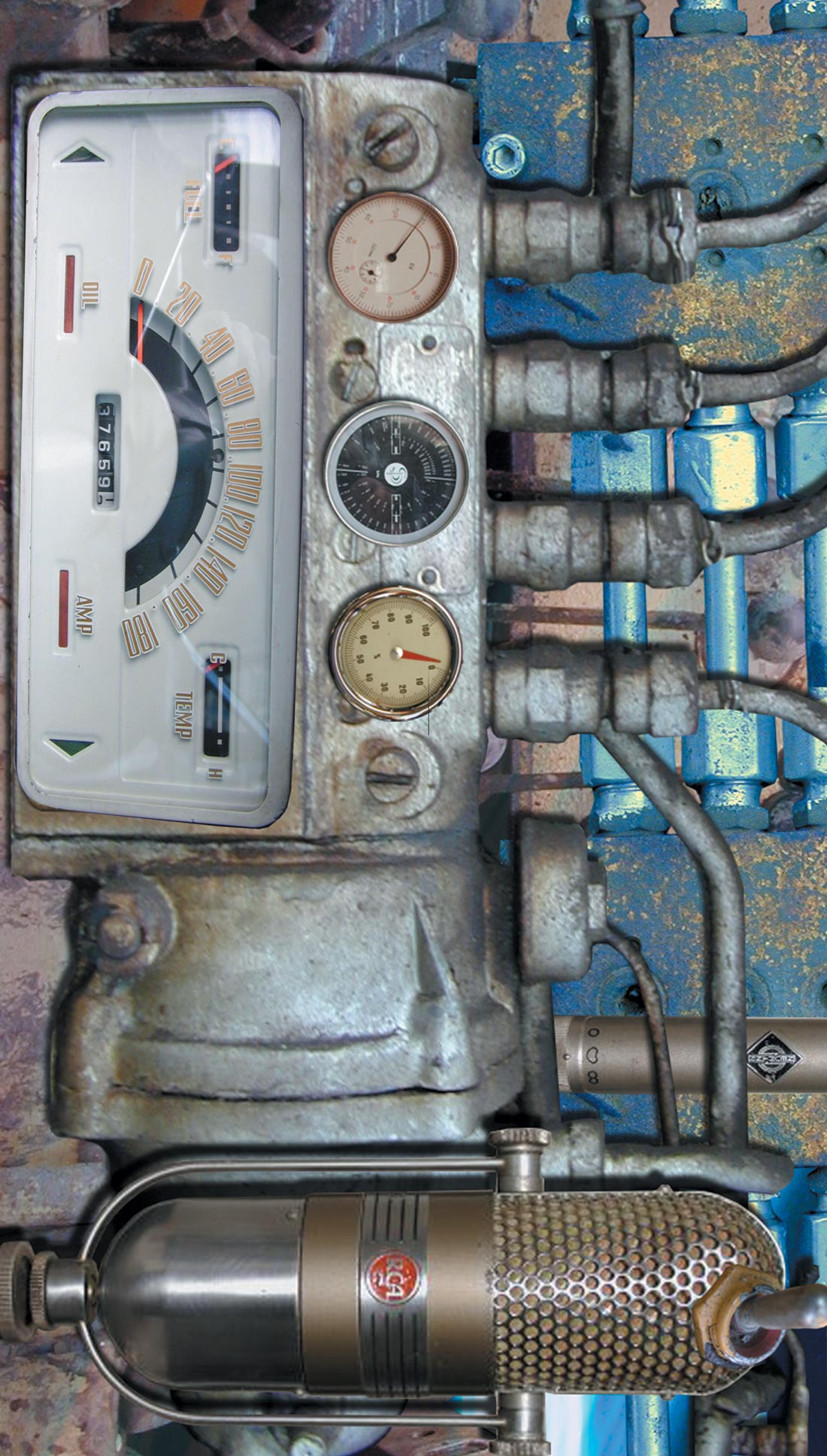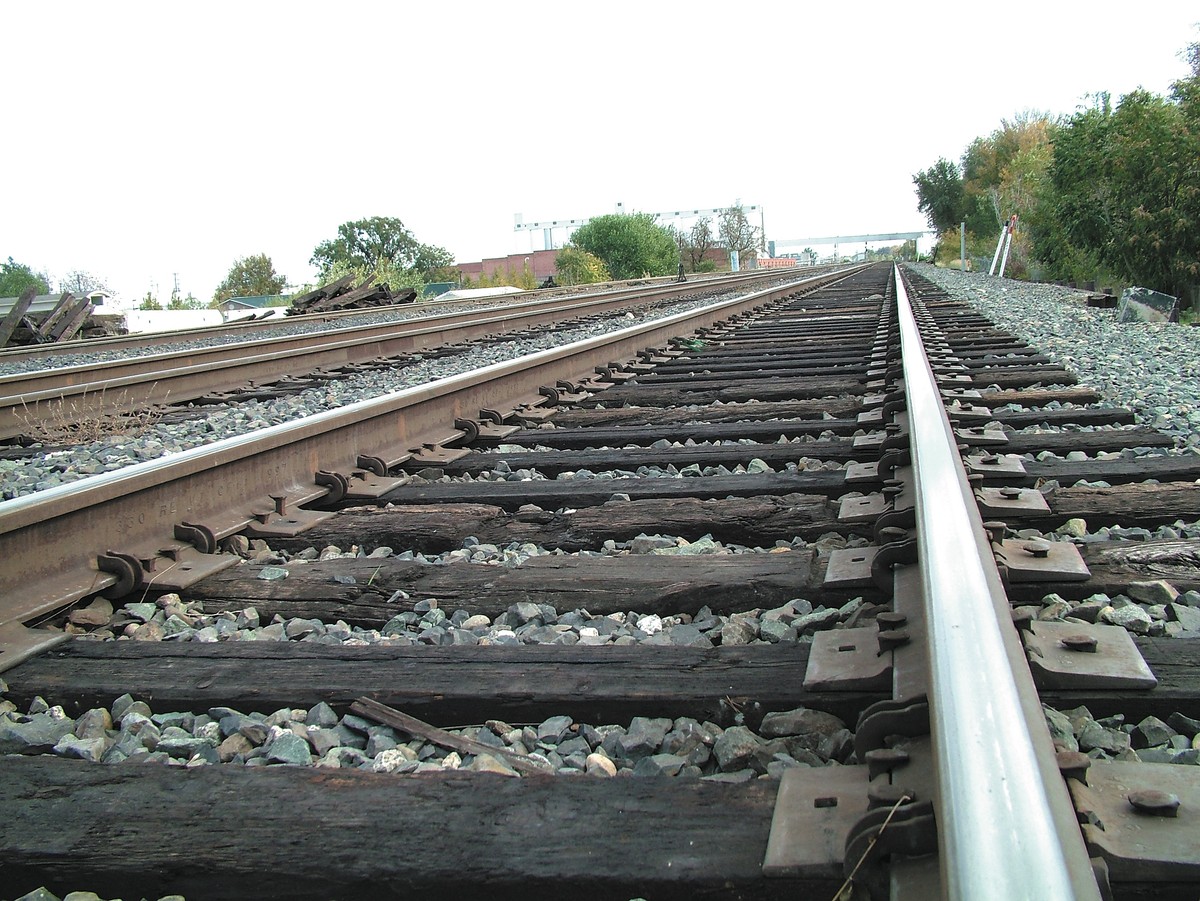In recording albums, editing Tape Op, being a fan of music and teaching recording information and techniques to groups of home recordists one thing has become clear to me. The biggest problem that has happened as recording technology moves forwards is loss of depth of field. Some of you will know exactly what I mean and nod your heads, but others will be wondering what the hell I'm talking about.
Why is it that Phil Spector's productions are renowned for their big sound even though they were mono mixes? What gives a recording a sense of place? The earliest recordings were one mic, or earlier a horn, and the placement of the artists in the room where it was recorded determined how the mix came out. As mixing consoles and multitracks entered the picture close mic'ing became possible, allowing the mixing board to determine the balance of the mix, not the room placement. As technology moved along, overdubbing allowed disparate elements to be pieced together and gates allowed close mic'd sounds to be separated from one another. This allowed more control over the balance but changed things drastically.
One of the keys to getting a good recording, which I finally realized I was using subconsciously, was creating or capturing depth of field. Sure, with stereo or surround we have the capability to pan elements around and open up space for other voices or instruments, but this doesn't create the depth and placement that made a Spector production sound great. What you really need is depth of field.
Imagine that you recorded a song with all the elements close mic'd from six inches away in very dead rooms. What would happen when you tried to mix this song? My experience is that it is hard to mix, as all the elements are fighting for the same space, right at the edge of the speaker to the listener's ear. I realized that what I was doing, albeit unconsciously at first, was mic'ing some elements further back. The tinge of room sound, the diffuseness that occurs, and the psychoacoustics of how we place things that we hear all gave the different tracks room to fit together well.
The first time I became hyper-aware of this was when I was tracking backing vocals for a band. I had the backing singer sing an overdub into the same mic as the lead vocalist, but as I was mixing I was unable to make these vocals sit behind the lead vocals — especially since she was singing higher than the lead and the higher frequencies drew one's ear in easier. I had her re-sing the same part over, but stand four feet back from the mic. All of a sudden the track slid right in behind the vocals.
Listen to recordings from different eras. Billie Holiday's recordings have a sense of room, with the players all behind her, even in mono. Rudy Van Gelder's jazz recordings have a sense of space and place. Even some of the best electronic recordings have a sense of space created by either artificial reverberation or even piping sounds out to speakers and amps. But the worst of the Pro Tooled pop radio productions these days lack this sensibility to the extreme, with every sound sitting right up on the edge of the speaker and fighting for space and the listener's attention.
I also find that many home recordings miss depth of field in the extreme and usually they're very hard to mix due to this factor. I always envision a stage between the speakers, and where the instruments and voices come from on that stage. Then I track all the elements with this in mind. Everything comes together so much easier.
Some elements benefit from being up front, others from being in the background to different degrees.
Depth of field.


